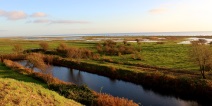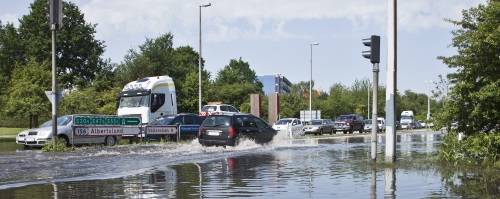
| Newsletter | 30-04-2015 |
|
|
|
|
| Klimatilpasning.dk - Newsletter #14 |
|
Denmark’s future climate The climate data for Denmark has been updated with the new RCP scenarios from the Fifth Assessment Report from the IPCC.
The most important changes are:
You can find more information here.
More examples of climate change adaptation: |
|
|
|
|

|
|
||||

|
|
||||

|
|
|
|
|
|

|

|
|
|
|
|
Haraldsgade 53 2100 Copenhagen East
Phone: +45 72543000
E-mail: klimatilpasning@nst.dk
Phone: +45 72 54 30 00
